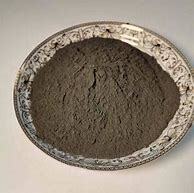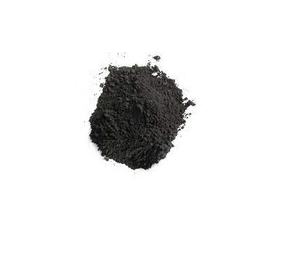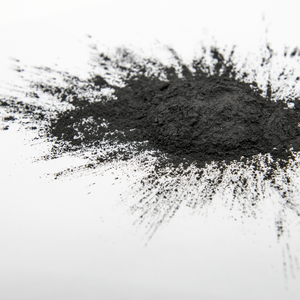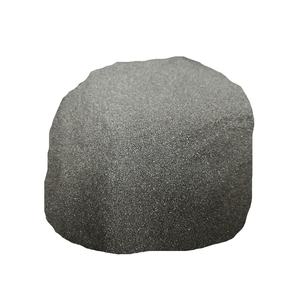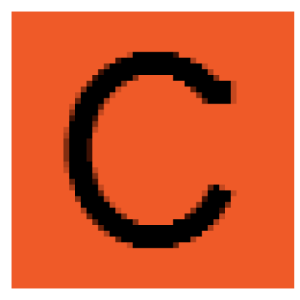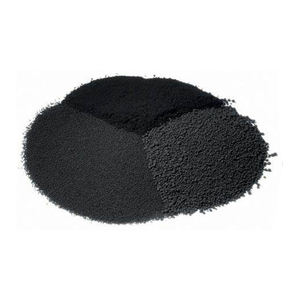Professional graphite material supplier, graphite for EV, grease, furnace and any other industries.
(How to understand Lithium Ion Battery?)
What are the components of lithium Ion Battery?
Steel shell/aluminum shell/cylindrical/flexible packaging series:
(1) Positive electrode – the active material is generally lithium manganate or lithium cobalt oxide, nickel cobalt lithium manganate material, and electric bicycles generally use nickel cobalt lithium manganate (commonly known as ternary) or ternary + a small amount of lithium manganate, pure The lithium manganate and lithium iron phosphate are gradually fading out due to their large size, poor performance or high cost. The conductive current collector uses an electrolytic aluminum foil with a thickness of 10-20 microns.
(2) Diaphragm – a specially shaped polymer film with a microporous structure that allows lithium ions to pass freely, but electrons cannot.
(3) Negative electrode – the active material is graphite, or carbon with a similar graphite structure, and the conductive current collector uses an electrolytic copper foil with a thickness of 7-15 microns.
(4) Organic electrolytes – carbonate-based solvents in which lithium hexafluorophosphate is dissolved, and gel electrolytes are used for polymers.
(5) Battery shell – divided into steel shell (square type is rarely used), aluminum shell, nickel-plated iron shell (used for cylindrical batteries), aluminum-plastic film (soft packaging), etc., as well as the cap of the battery, which is also the positive electrode of the battery. Negative terminal.
What are the main kinds of Lithium Ion Battery?
According to the different electrolyte materials used in lithium-ion batteries, lithium-ion batteries are divided into liquid lithium-ion batteries and polymer lithium-ion batteries.
Lithium-ion battery (Li-ion)
Rechargeable lithium-ion batteries are the most widely used batteries in modern digital products such as mobile phones and notebook computers, but they are more "squeamish" and should not be overcharged or overdischarged during use (it will damage the battery or make it scrapped). Therefore, there are protective components or protection circuits on the battery to prevent expensive battery damage. Li-ion battery charging has high requirements. To ensure that the termination voltage accuracy is within ±1%, major semiconductor device manufacturers have developed a variety of lithium-ion battery charging ICs to ensure safe, reliable and fast charging.
Mobile phones basically use lithium-ion batteries. Proper use of lithium-ion batteries is very important to prolong battery life. It can be made into flat rectangular, cylindrical, rectangular and button type according to the requirements of different electronic products, and has a battery pack composed of several batteries connected in series and parallel. The rated voltage of lithium-ion batteries is generally 3.7V due to material changes, and 3.2V for lithium iron phosphate positive electrodes. The termination charging voltage when fully charged is generally 4.2V, and the lithium iron phosphate is 3.65V. The final discharge voltage of the lithium-ion battery is 2.75V ~ 3.0V (the battery factory gives the working voltage range or gives the final discharge voltage, each parameter is slightly different, generally 3.0V, 2.5V for ferrophosphorus). Continue to discharge below 2.5V (lithium iron phosphate 2.0V) is called over-discharge, and over-discharge will damage the battery.
Lithium-ion batteries with lithium cobalt oxide type materials as the positive electrode are not suitable for high-current discharge. When discharging with excessive current, the discharge time will be reduced (higher temperature will be generated inside and energy will be lost), and danger may occur; but lithium iron phosphate The positive electrode material lithium battery can be charged and discharged with a large current of 20C or even larger (C is the capacity of the battery, such as C=800mAh, 1C charging rate means the charging current is 800mA), which is especially suitable for electric vehicles. Therefore, the battery production factory gives the maximum discharge current, which should be less than the maximum discharge current in use. Lithium-ion batteries have certain requirements for temperature. The factory gives the charging temperature range, discharge temperature range and storage temperature range. Overvoltage charging will cause permanent damage to the lithium-ion battery. Li-ion battery charging current should be based on the battery manufacturer's recommendations and require a current-limiting circuit to avoid overcurrent (overheating). The commonly used charging rate is 0.25C ~ 1C. The battery temperature is often detected during high current charging to prevent damage to the battery or explosion due to overheating.
Lithium-ion battery charging is divided into two stages: constant current charging first, and constant voltage charging when it is close to the end voltage. For example, a battery with a capacity of 800mAh has a charge termination voltage of 4.2V. The battery is charged with a constant current of 800mA (charging rate of 1C). At the beginning, the battery voltage is boosted with a large slope. When the battery voltage is close to 4.2V, it is changed to 4.2V constant voltage charging. The current gradually decreases, and the voltage changes little. When the charging current drops to 1/10-50C (the set value of each factory is different, it does not affect the use), it is considered that it is nearly full, and the charging can be terminated (some chargers start the timer after reaching 1/10C, and after a certain period of time). end charging).
High quality lithium ion battery manufacturer
Luoyang Moon & Star New Energy Technology Co., LTD, founded on October 17, 2008, is a high-tech enterprise committed to the research and development, production, processing, sales and technical services of lithium ion battery anode materials. After more than 10 years of development, the company has gradually developed into a diversified product structure with natural graphite, artificial graphite, composite graphite, intermediate phase and other negative materials (silicon carbon materials, etc.). The products are widely used in high-end lithium ion digital, power and energy storage batteries.If you are looking for Lithium battery anode material,click on the needed products and send us an inquiry:sales@graphite-corp.com
(How to understand Lithium Ion Battery?)

